ALCS Case For: Blue Jays, Indians square off with World Series berth at stake

With sweeps of the Rangers and the Red Sox, respectively, the Blue Jays and the Indians are set for an ALCS matchup, which begins on Friday in Cleveland.
The Indians finished the regular season with both the AL's second-best record (94–67) and run differential (+101), while Toronto tied for the league's fourth-best record (89–73) but had the third-best run differential (+93). Cleveland took the season series between the two teams, four games to three, but was outscored 38 to 24, with a 17–1 drubbing in a July 3 game the primary reason for that imbalance; notably, the pitchers who allowed the last 12 of those runs aren't on the Indians' postseason roster, with the possible exception of utilityman-turned-mopup reliever Chris Gimenez.
Interestingly, the two clubs share a link via their front offices: current Blue Jays club president/CEO Mark Shapiro and general manager Ross Atkins both came over from Cleveland last year, though they’ve made it clear where their allegiances lie.
None of that will decide what will happen on the field in their best-of-seven series. Here's a look at some things that could.
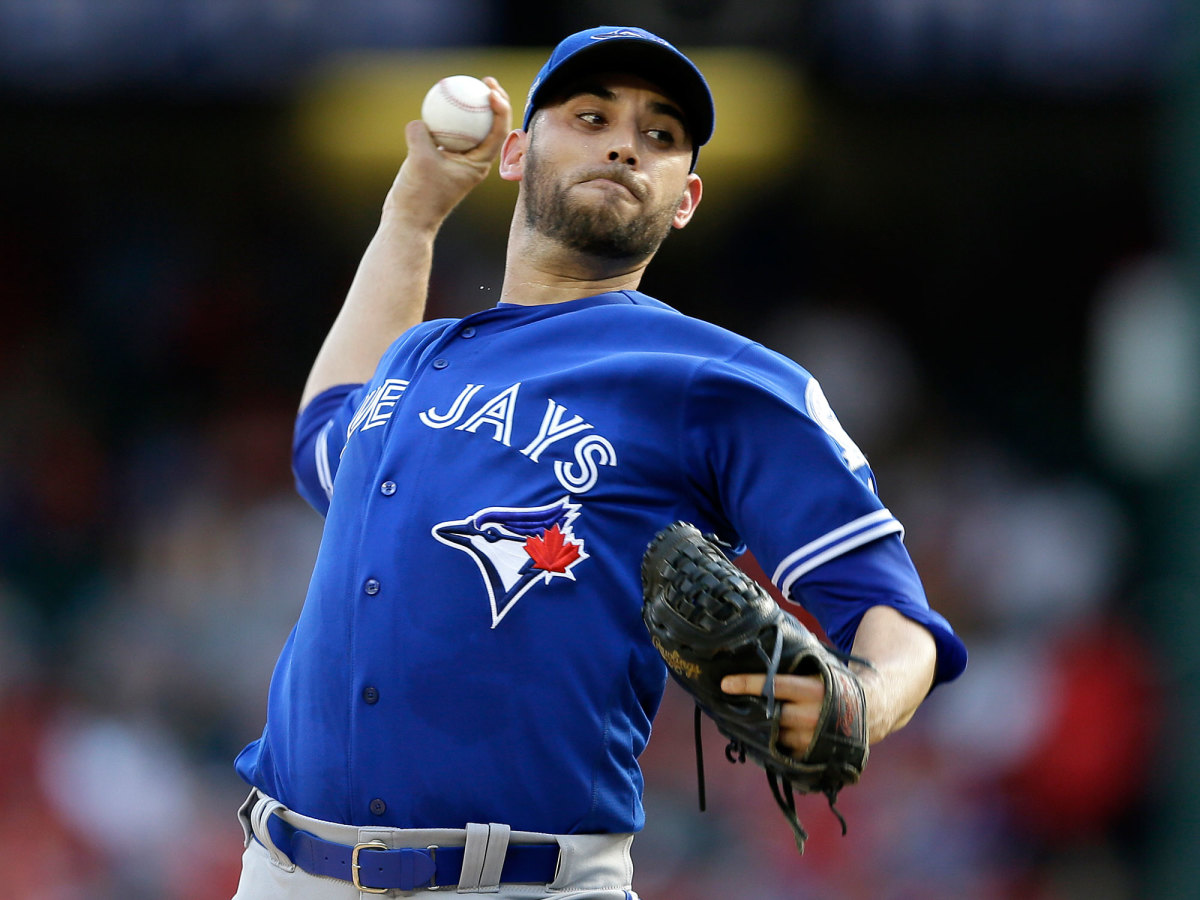
The Case For: The Blue Jays
Toronto's rotation led the AL with a 3.64 ERA and ranked a close second to the Indians with a 4.07 FIP. It was the league's best team at keeping the ball on the ground (a 47.6% ground-ball rate) and avoiding the home run (1.06 per nine). The Jays may not have a starter as decorated as Cleveland's former AL Cy Young winner, Corey Kluber, but they have the postseason's deepest rotation this side of the Cubs. Aaron Sanchez led the league in ERA (3.00), with both Happ (3.18, sixth) and Marco Estrada (3.48, 11th) finishing among the top dozen, and Marcus Stroman is trending upward, especially after his outstanding outing in the AL wild-card game against Baltimore. Sanchez, Stroman and Happ all rank among the league's top 15 in FIP as well, and Stroman (60.1%) and Sanchez (54.4%) are the league's first- and third-most prolific ground-ball generators.
By comparison, Cleveland's rotation—which during the regular season led the league in FIP (4.05), placed second in ERA (4.08) and strikeout rate (8.5 per nine) and fifth in ground-ball rate (45.4%)—is far from whole. Carlos Carrasco is out for the year with a fractured metacarpal, and fellow righty Danny Salazar is out as well as he tries to come back from a forearm strain. Kluber (first with a 3.26 FIP, fourth with both a 3.14 ERA and 9.5 strikeouts per nine) assuaged any concerns the team might have had about his late-September groin strain with his seven shutout innings in Game 2 against the Red Sox. But Trevor Bauer (4.35 ERA, 4.02 FIP) was wobbly in Game 1, and Josh Tomlin (4.42 ERA, 4.90 FIP), even after a strong performance in Game 3, is still a back-of-the-rotation guy. What's more, the schedule dictates that the Indians will need a fourth starter, and rookie Mike Clevinger (5.27 ERA, 4.86 FIP) is even shakier than the other non-Klubots.
Three Strikes: Donaldson’s mad dash lifts Jays to ALDS sweep of Rangers
Cleveland's offense ranked second in the AL in scoring (4.83 runs per game) with the Blue Jays fifth (4.69), but Toronto hit far more homers (221 to 185) and generated the highest percentage of runs of any team still in the playoffs (46.1%, fifth in the majors overall) on home runs. The Indians had the second-lowest of the postseason set and the eight-lowest overall (36.7%). For all of the broadcast booth paeans to small ball, 50% of the runs scored in the postseason through Monday have come on homers—well above the overall major league average in 2016 (39.2%) and the average of the 10 postseason teams (41.6%). Six Blue Jays hit at least 20 home runs, led by Edwin Encarnacion's 42; by comparison, just three Indians topped 20, with Mike Napoli and Carlos Santana sharing the team lead with 34. What's more, Toronto's patience at the plate, as evidenced by its walk rate (10.1%) and pitches per plate appearance (4.01)—both the highest in the league—will help it wait out not only Cleveland's starters but also the relievers who may be needed to pitch on back-to-back days.
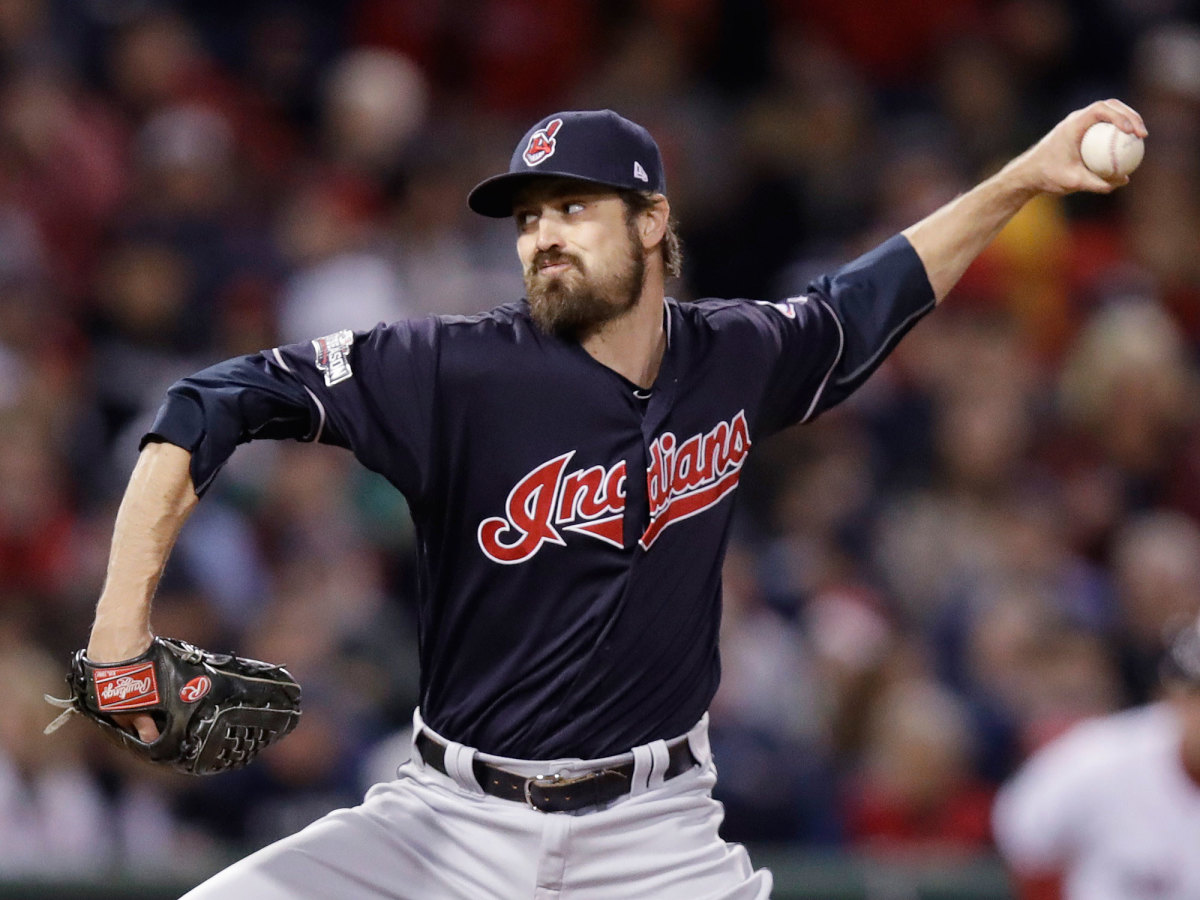
The Case For: The Indians
Cleveland didn't sweep the Red Sox simply because its starters were dominant, though the trio's 2.70 ERA stands as the second-lowest thus far in the Division Series and their 9.2 strikeouts per nine are third. That certainly helped, but just as important was the Indians' offense jumping on Boston's starters—Cy Young candidate Rick Porcello, former Cy Young winner David Price and a resurgent Clay Buchholz—for 12 runs in 11 2/3 innings, as well as their bullpen's stifling performance (1.74 ERA, 12.2 strikeouts per nine) thanks to the creative deployment of manager Terry Francona.
Longest World Series Championship Droughts
Cleveland Indians last won in 1948
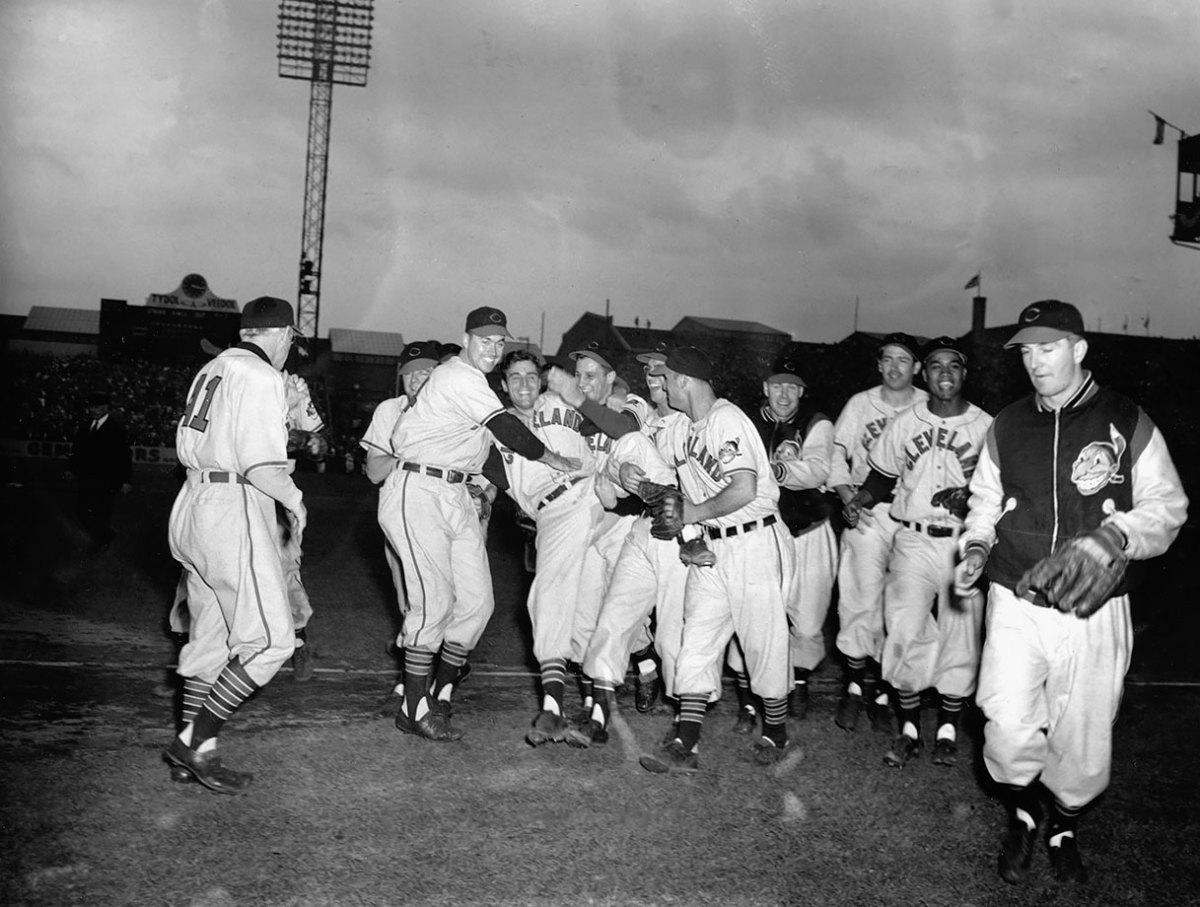
Pictured: Bob Lemon
Texas Rangers/Washington Senators never won, Est. 1961
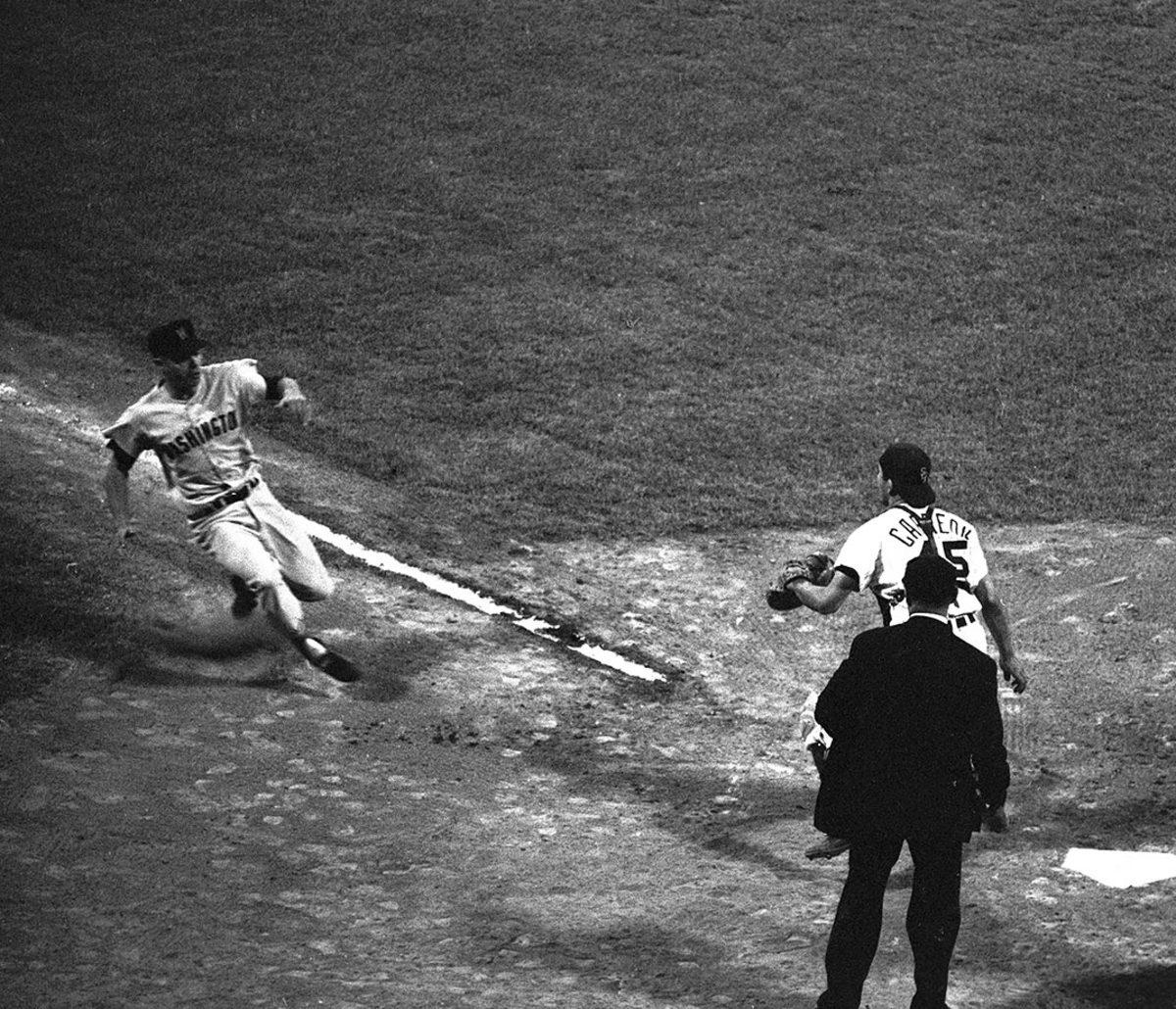
Pictured: Joe Hicks
Houston Astros/Colt .45's never won, Est. 1962
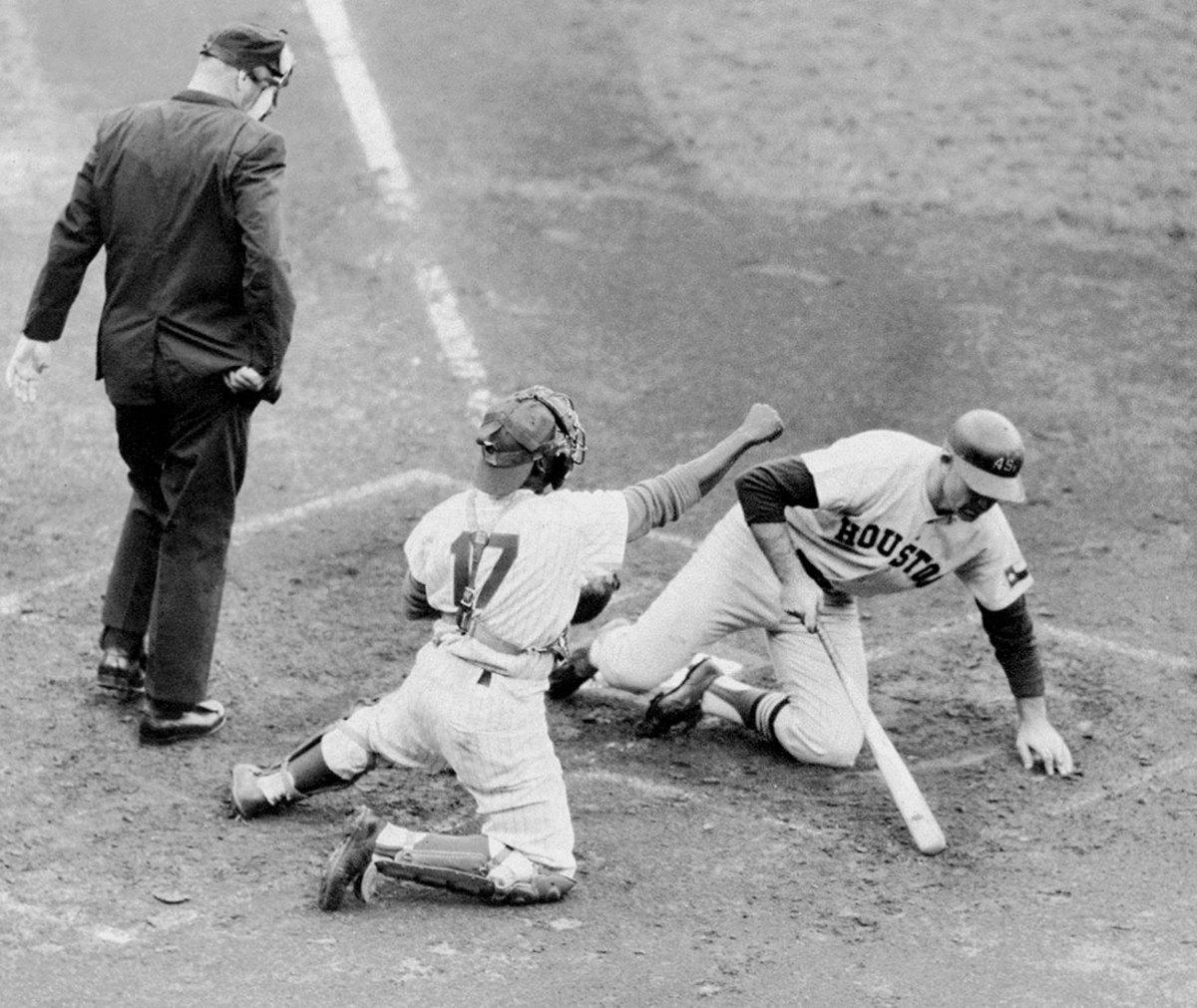
Pictured: Norm Larker
Washington Nationals/Montreal Expos never won, Est. 1969
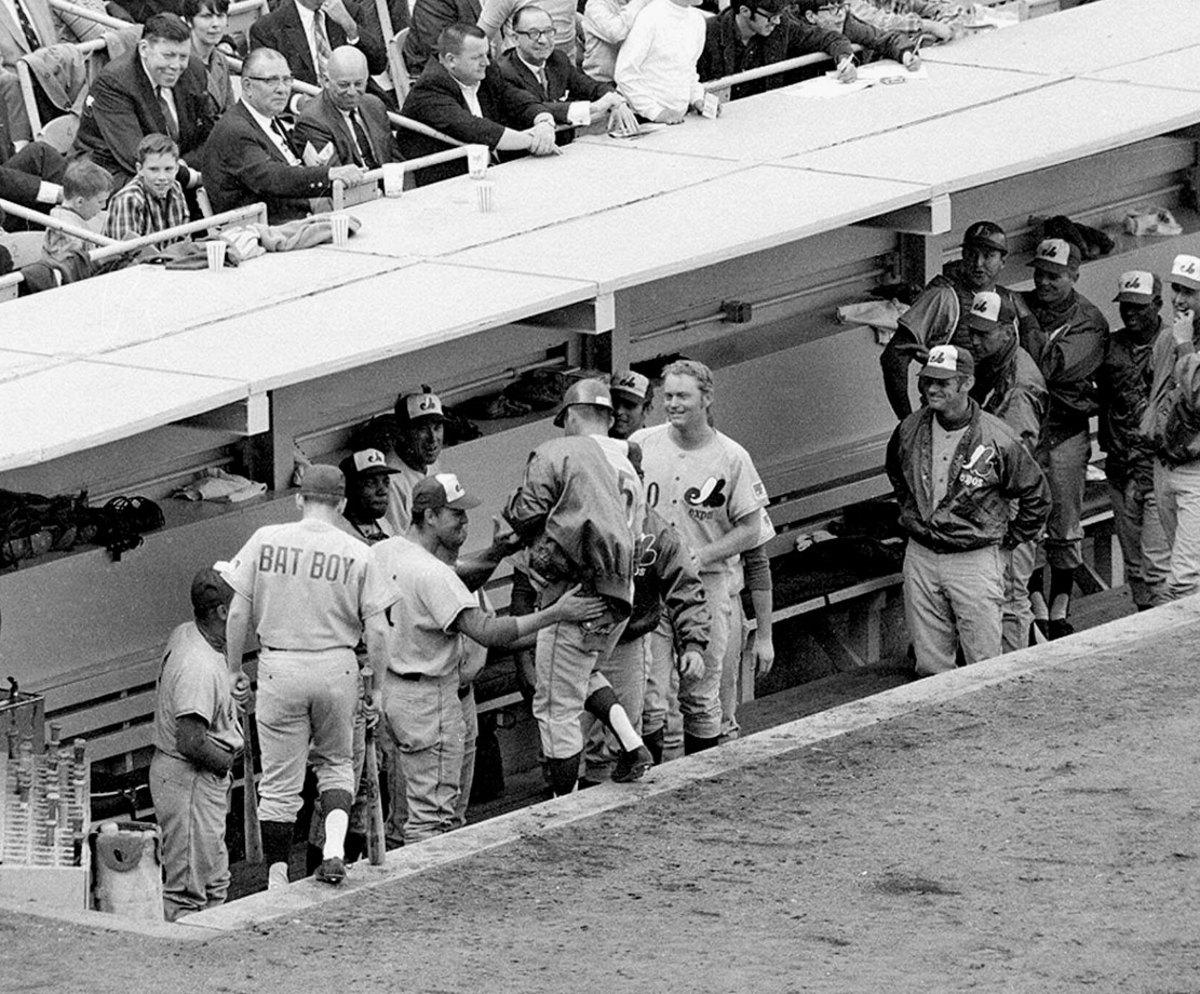
San Diego Padres never won, Est. 1969
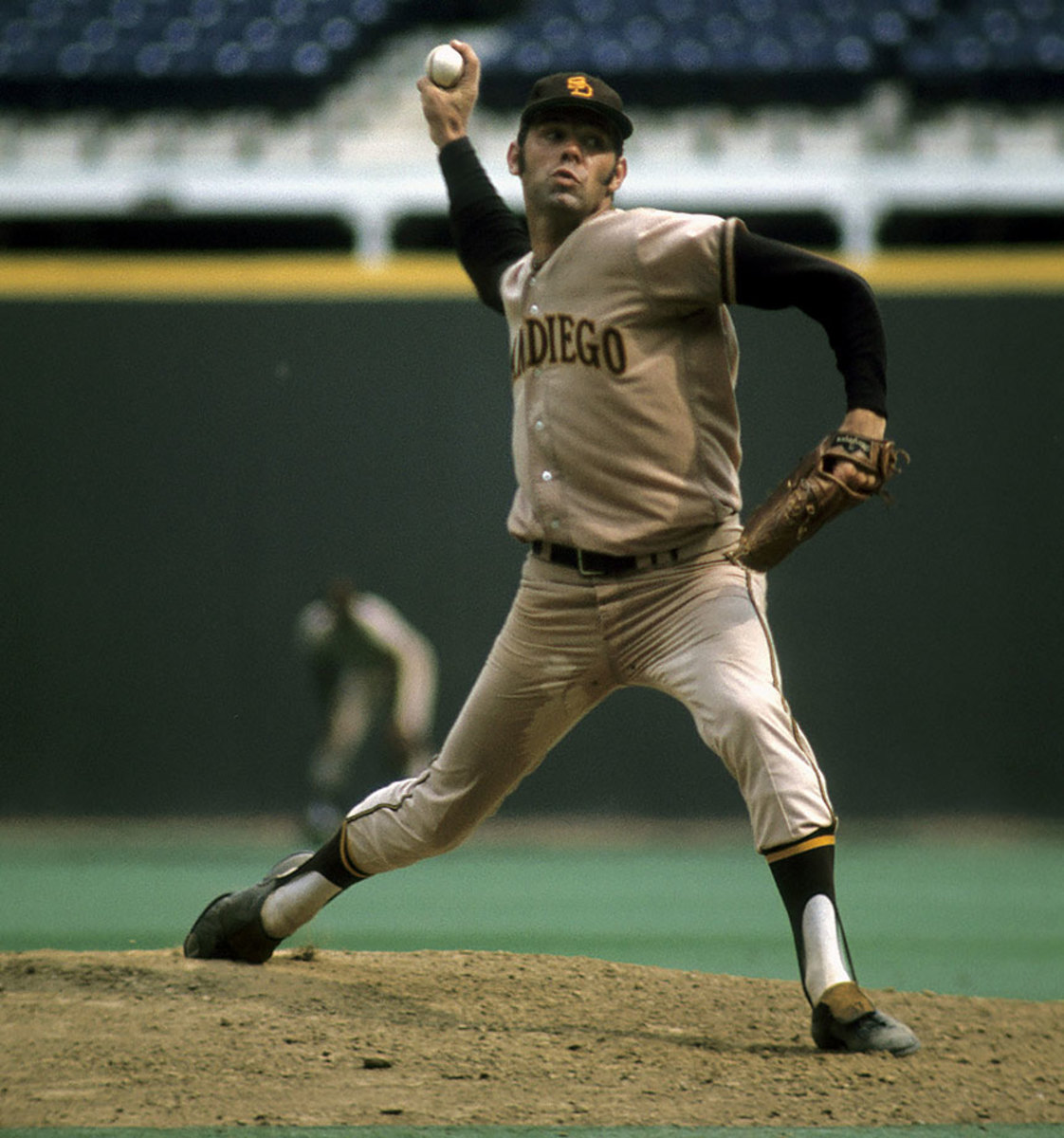
Pictured: Clay Kirby
Milwaukee Brewers/Seattle Pilots never won, Est. 1969
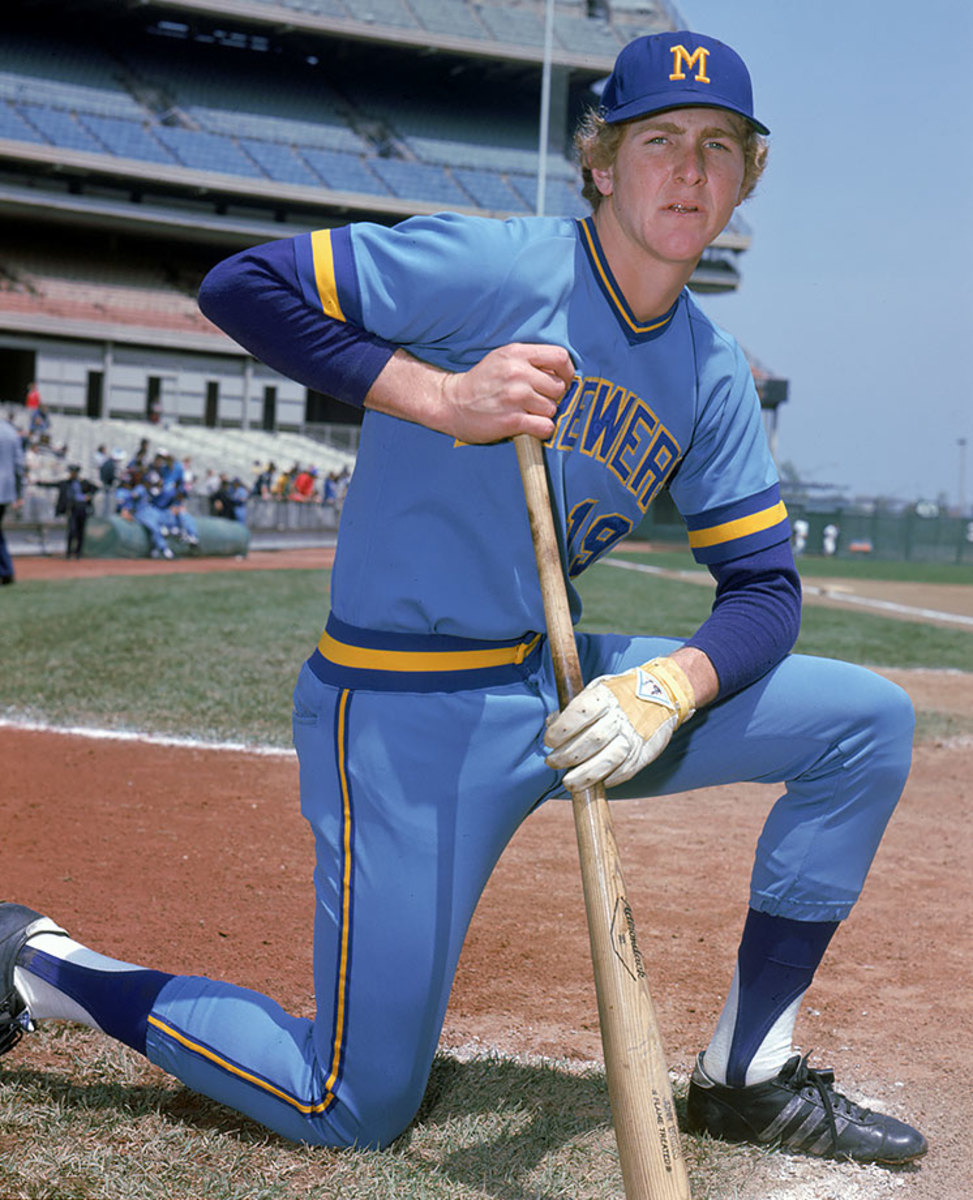
Pictured: Robin Yount
Seattle Mariners never won, Est. 1977
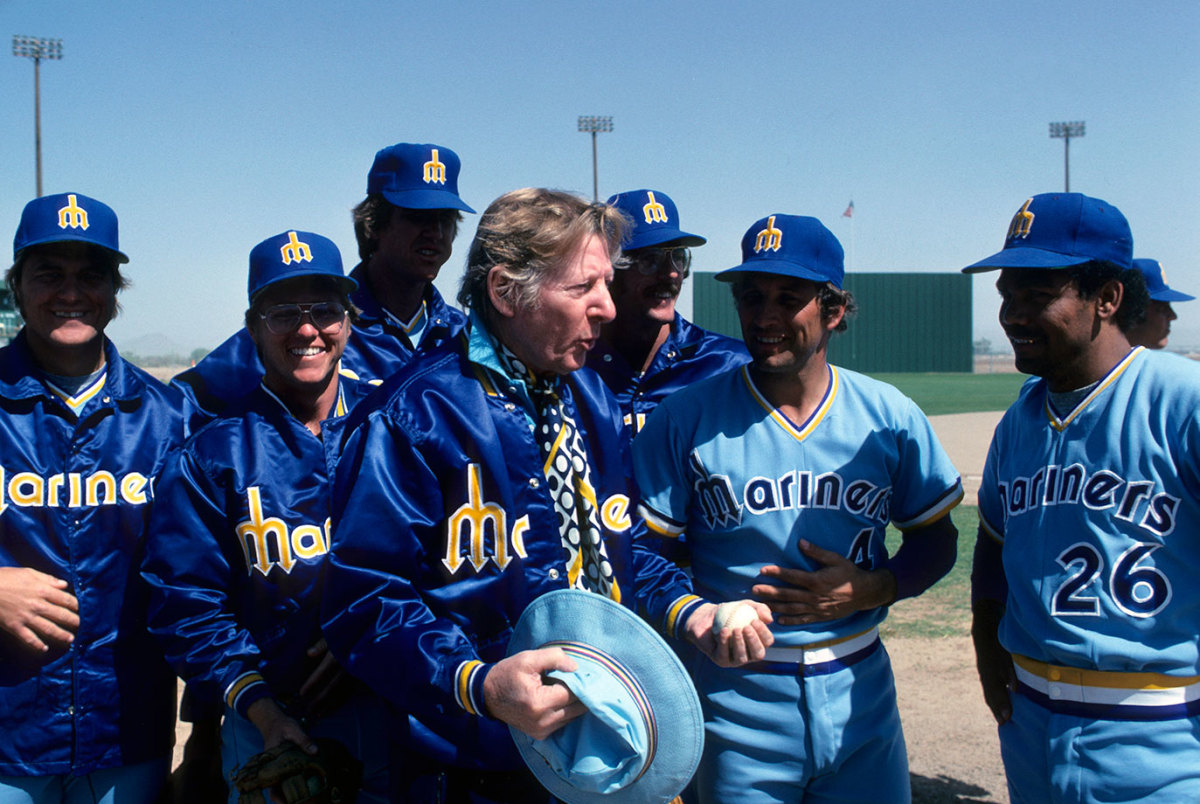
Pictured: Part-owner Danny Kaye
Pittsburgh Pirates last won in 1979
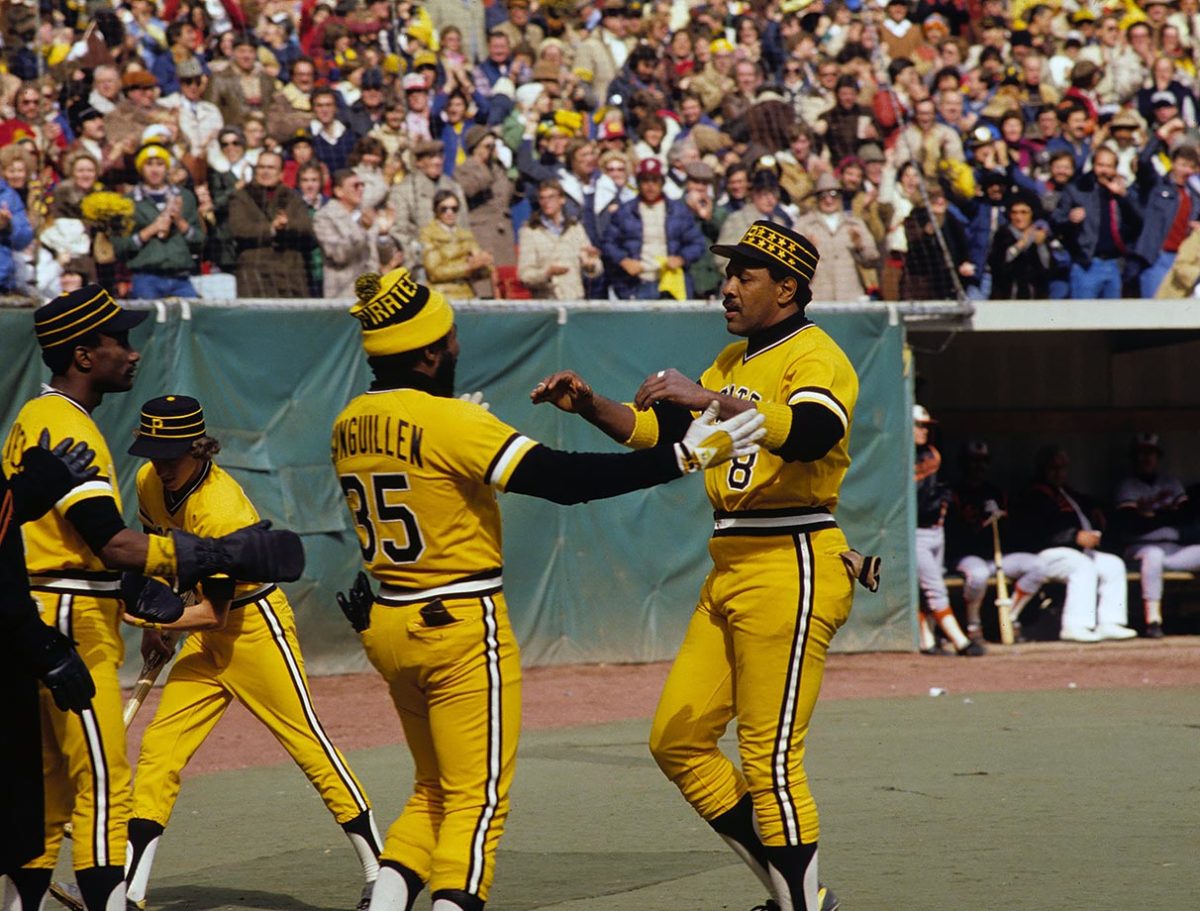
Pictured: Willie Stargell and Manny Sanguillen
Baltimore Orioles last won in 1983
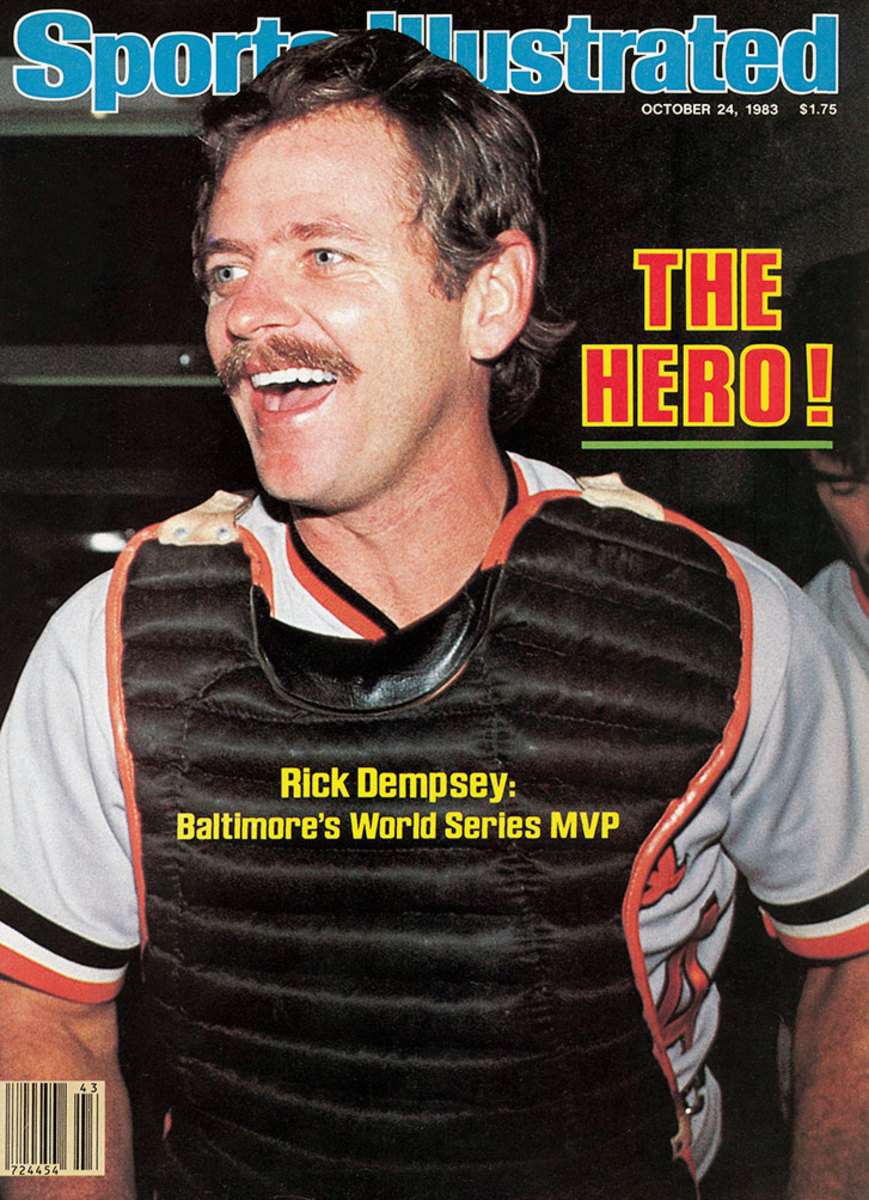
Pictured: Rick Dempsey
Detroit Tigers last won in 1984
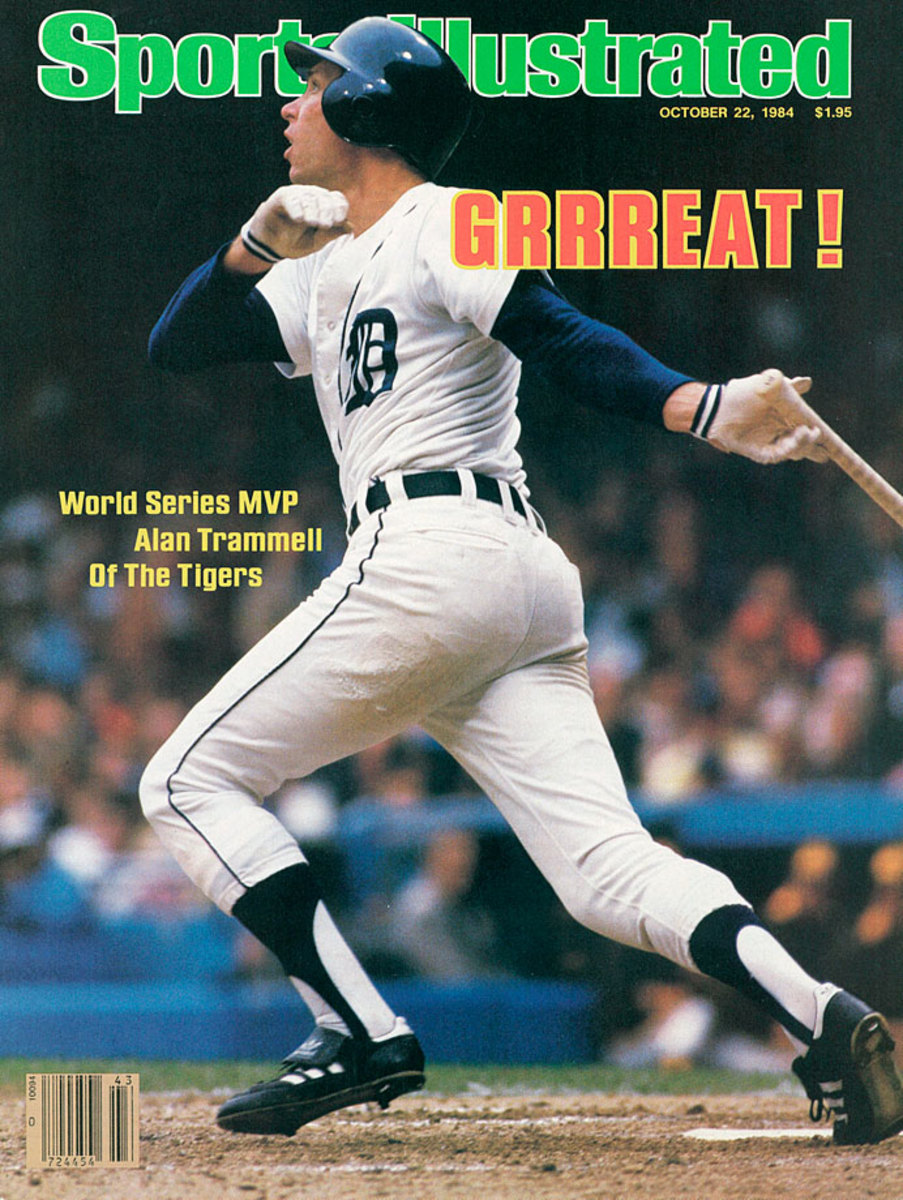
Pictured: Alan Trammell
New York Mets last won in 1986
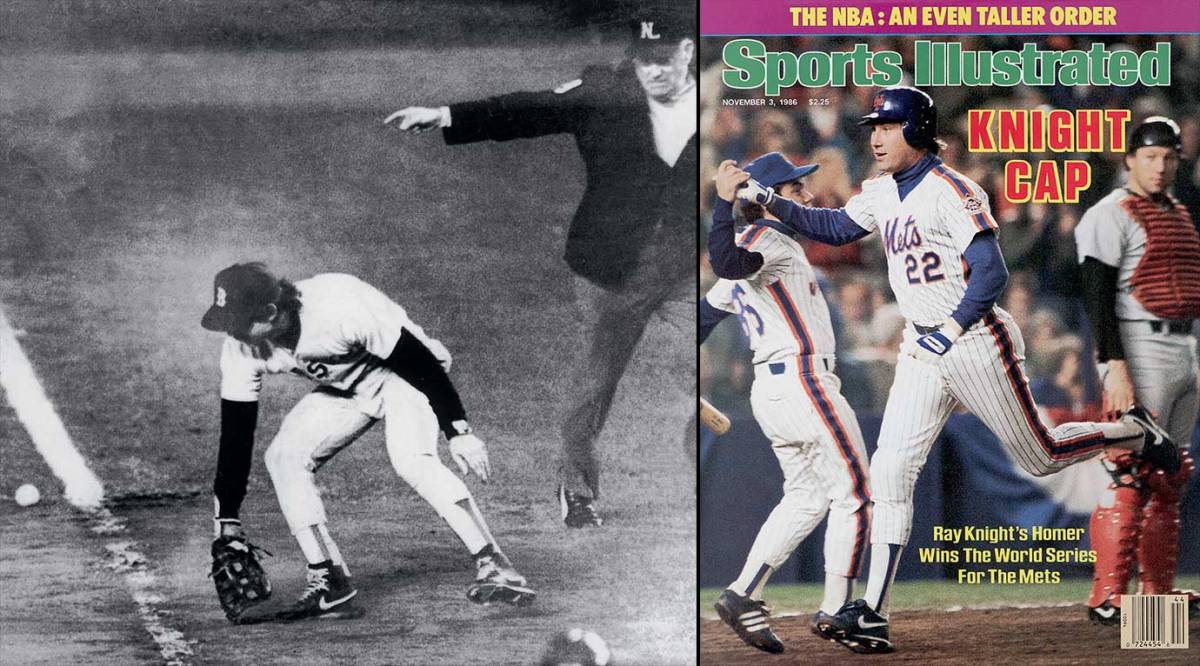
Pictured: Bill Buckner and Ray Knight
Los Angeles Dodgers last won in 1988
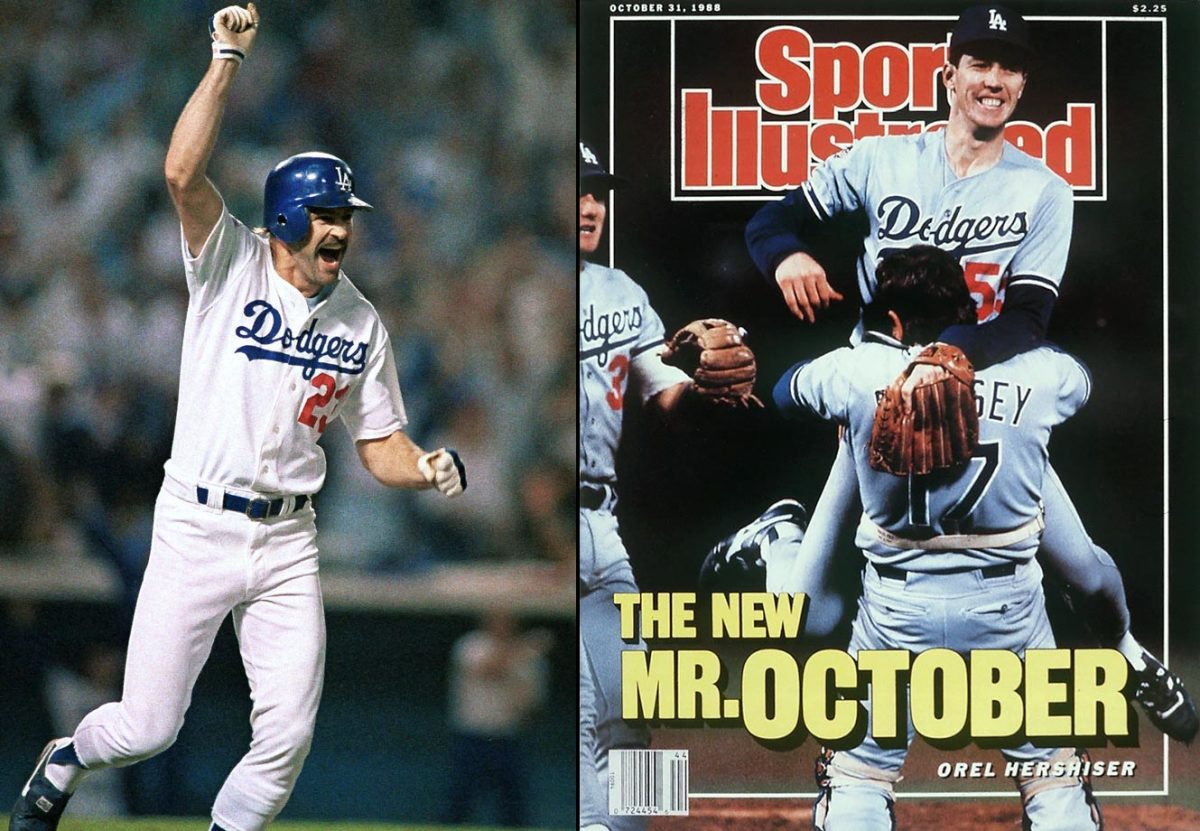
Pictured: Kirk Gibson and Orel Hershiser
Oakland Athletics last won in 1989
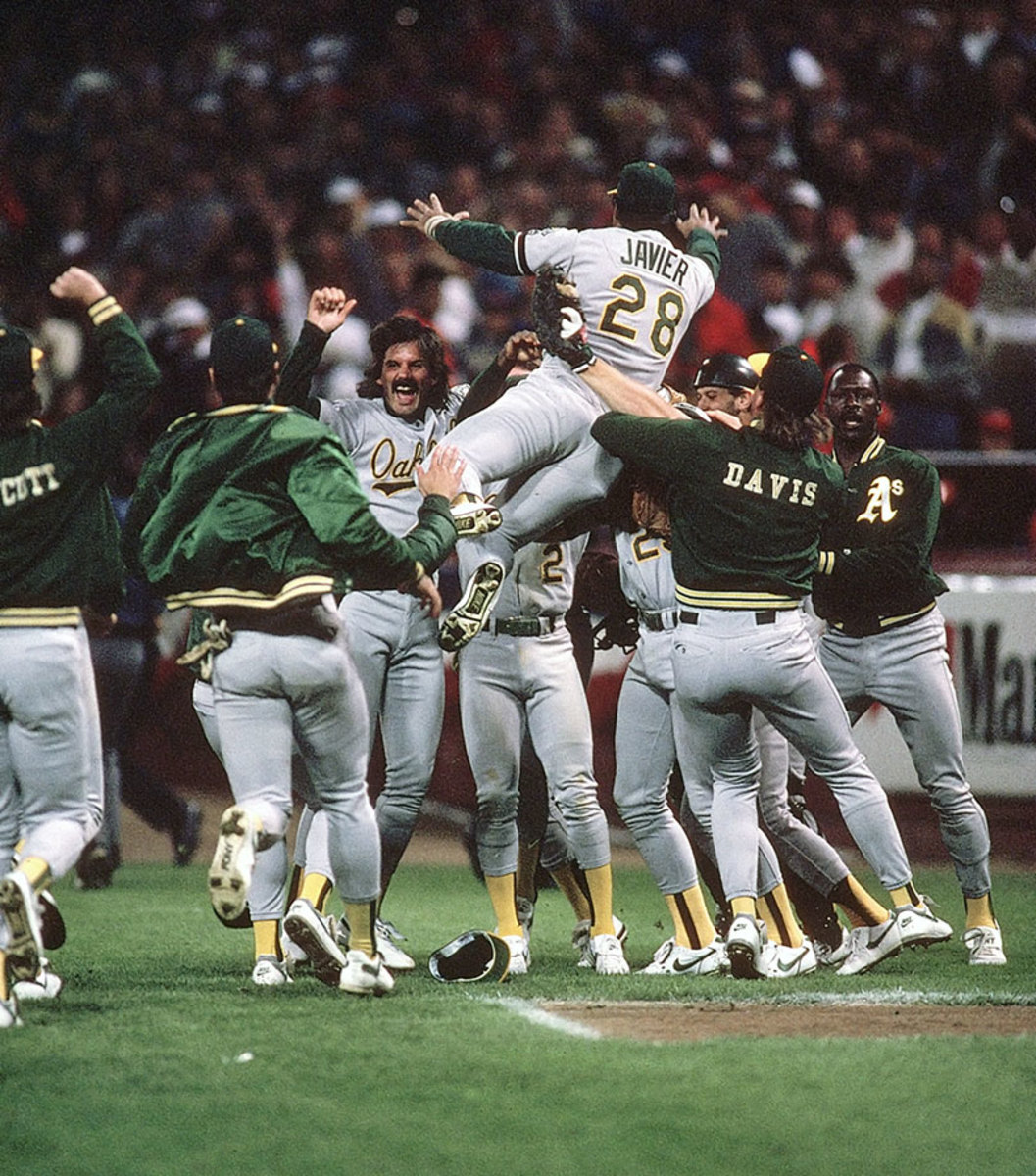
Pictured: Dennis Eckersley and Stan Javier
Cincinnati Reds last won in 1990
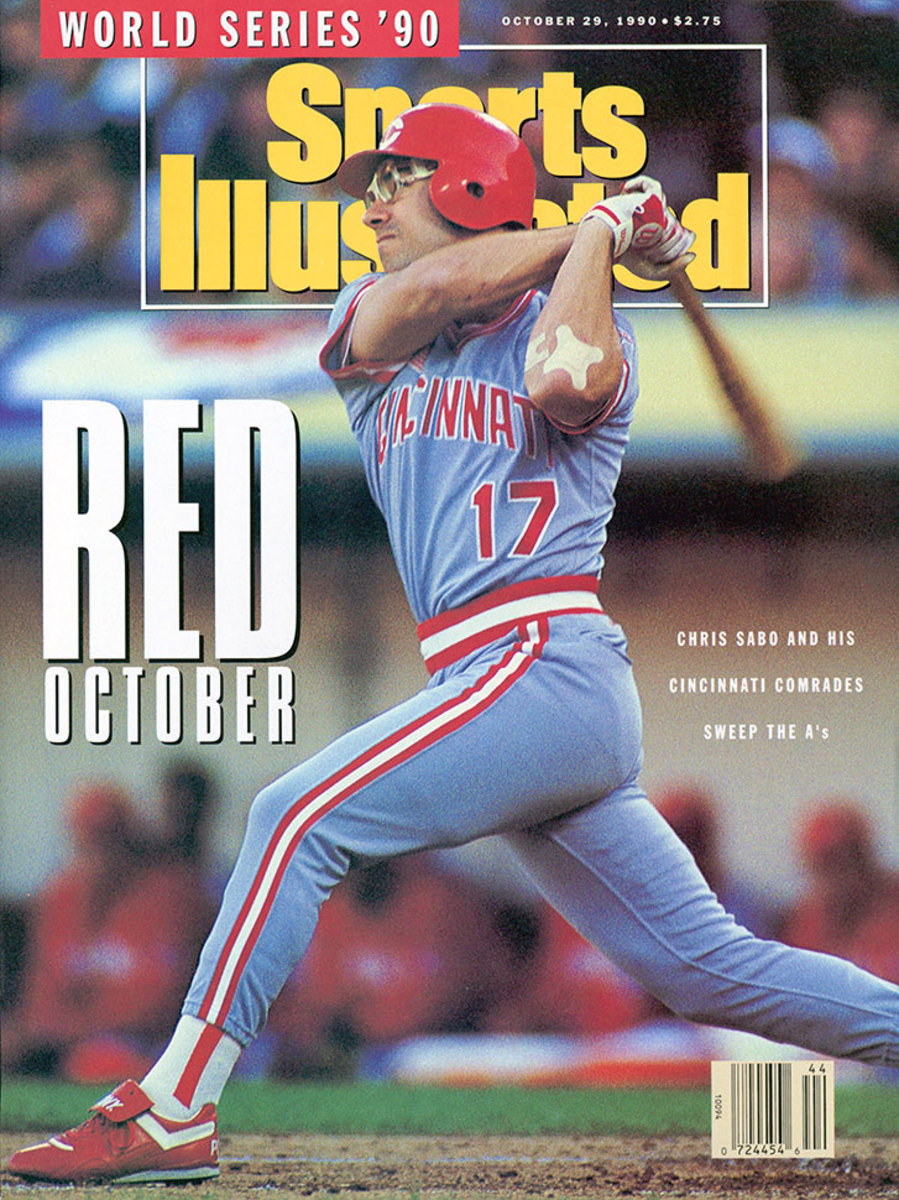
Pictured: Chris Sabo
Minnesota Twins last won in 1991
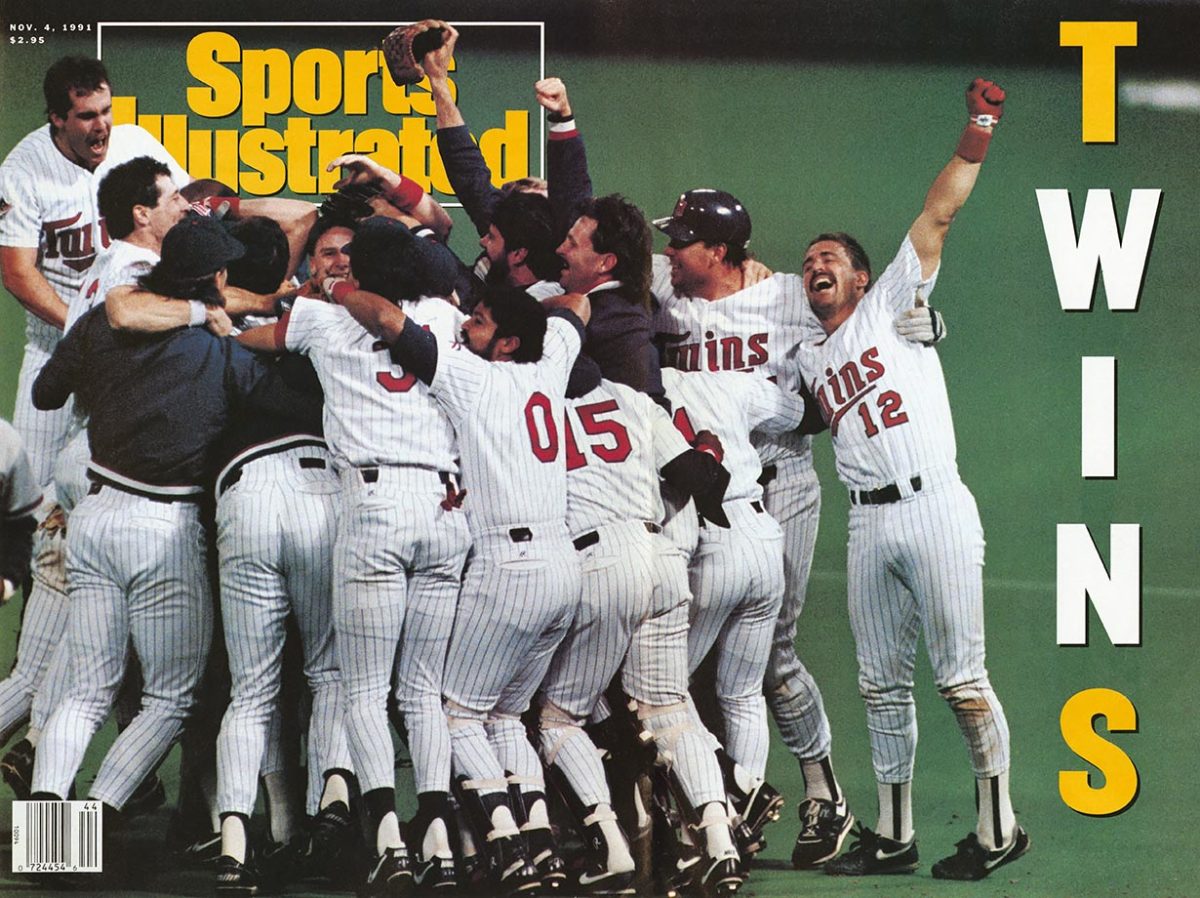
Indeed, Francona's aggressive use of deadline acquisition Andrew Miller in the series demonstrated a great understanding of the new rules of October baseball. Miller, who pitched to a 1.45 ERA, a 1.68 FIP and 14.9 strikeout-per-nine rate in 74 1/3 regular-season innings, threw a pair of two-inning stints in the ALDS. In Game 1, he entered with two outs and nobody on in the fifth and gave up just one hit and one walk, striking out four. In Game 3, Miller came on with one on and no outs in the sixth and allowed an inherited runner to score but gave up just one hit and one walk with three punchouts. Miller may not have been as clean or as efficient (throwing 40 and 35 pitches, respectively) as expected, but Francona nonetheless did the right thing by not letting a lead be frittered away before using his best reliever. Bryan Shaw and Cody Allen weren't perfect either in the ALDS, but during the regular season they were key parts of a bullpen that ranked second in the AL in ERA (3.45), FIP (3.66) and ground-ball rate (49.1%).
Indians answer doubters with sweep of Red Sox to advance to ALCS
The Blue Jays’ bullpen ranked just 12th the league in ERA and struggled to a 4.80 mark in September/October. They've been much more effective in the playoffs—delivering a 1.29 ERA and 12 strikeouts in 14 frames—but are without Joaquin Benoit (calf strain) and won't be able to use Francisco Liriano until Game 2, assuming he's declared symptom-free after suffering a concussion after being hit with a line drive during the Division Series.
One area that the Indians have a noticeable edge over the Blue Jays is in team speed. Rajai Davis led the AL with 43 stolen bases (in just 49 attempts) and Cleveland's 134 steals and stellar 81.2% success rate both led the league as well. Jose Ramirez (22-for-29), Francisco Lindor (19-for-24) and Jason Kipnis (15-for-18) are all threats to run, and Toronto catcher Russell Martin threw out just 15% of stolen base attempts. The Blue Jays ranked 13th in the AL in steals (54) and eighth in success rate (69%), with Kevin Pillar (14-for-20) and Melvin Upton Jr. (27-for-35, mostly with San Diego) their best bets to run. Indians catcher Roberto Perez had the league’s highest caught-stealing rate (50%) among backstops with at least 400 innings, so it’s doubtful that running will be a priority for Toronto manager John Gibbons.
One final thing worth noting: Home field advantage. According to my former SI.com colleague Cliff Corcoran, teams with home-field advantage in postseason best-of-sevens with a 2-3-2 format have won 55% of those series (83 of 151). The Indians’ 53–28 record at Progressive Field tied the Rangers for the AL’s best home mark and was seven games better than Toronto’s (46–35). In a closely matched series, the extra game in Cleveland could be the difference-maker, though anybody who’s seen the frenzied atmosphere of the Rogers Center in the past two Octobers knows that the Blue Jays aren’t to be taken lightly at home either.
